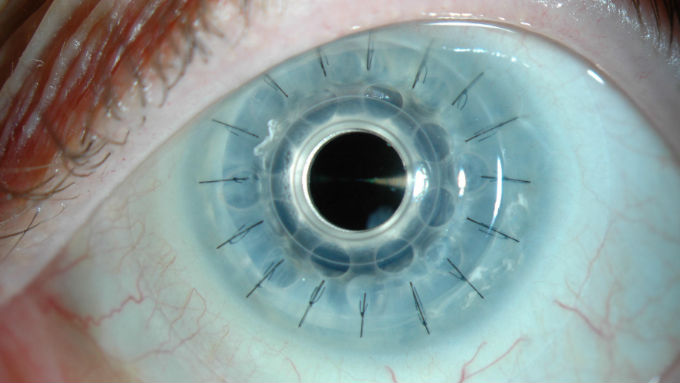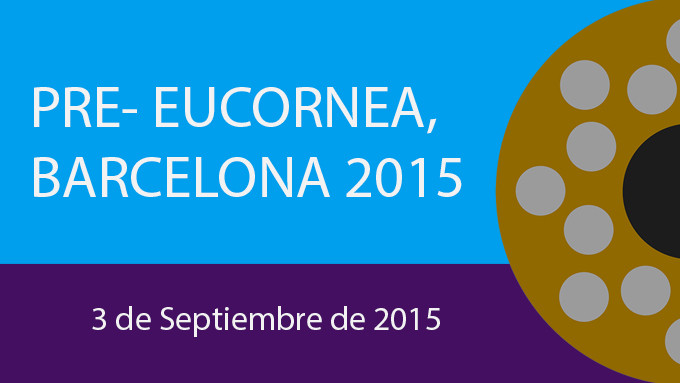To coincide with the EUCORNEA Conference (European Society of Cornea and Ocular Surface Disease Specialists), which will bring together over 800 ophthalmologists in Barcelona on 4 and 5 September Dra. Elena Arrondo and Dr. José Luis Güell have organised a meeting of experts from the KPro Study Group. at IMO. The aim is to share the latest developments and experience of professionals in the area of keratoprostheses – a complex field in which very view specialists in the world work.
When corneal transplants fail
As explained by Dr Güell, “keratoprostheses, or artificial corneas, are indicated in patients with a poor prognosis for conventional transplantation such as in cases of herpetic disease or failure of previous transplants”. Dr Güell explains that “after two corneal grafts in one eye, the chances of survival of a third graft in a 10-year period are minimal. For these patients, keratoprostheses can offer a good solution” and, as Dr Arrondo adds, “can result in very significant improvements in vision”.
The reason, according to Dr Güell, is that “being a synthetic implant – either a completely artificial cornea or a human cornea from a donor with an artificial optical centre – we can prevent it from becoming opaque”.
For this reason, keratoprostheses can however also have a number of long-term complications: “we are talking about non-biological elements in contact with the outside, unlike hip prostheses or heart valves, which, once implanted, remain stable inside the body”.
To avoid the associated risks, keratoprostheses have experienced significant improvements in recent years with the development of new designs and the use of more histocompatible materials. As a result, “artificial corneas are becoming increasingly indicated and represent an alternative to an increasingly broad spectrum of patients”, explains the coordinator of IMO’s Cornea, Cataract and Refractive Surgery Department.
Close relationship with glaucoma
One factor that cannot be avoided in dealing with these cases is glaucoma, a disease that affects more than 70% of patients either before keratoprosthesis implantation or after surgery.
According to Dr Arrondo, from the Glaucoma Department of IMO, ocular hypertension problems that lead to this disease can have different causes: “the presence of an artificial cornea can alter the drainage of aqueous humour or prevent medication that controls the pressure from absorbing properly, so it loses effectiveness. Drugs such as steroids, which these patients should take continuously, can also increase ocular hypertension”.
Hence the importance of people with keratoprostheses to be examined not only by a cornea specialist but also by glaucoma and retina experts. A highly specialised and, at the same time, comprehensive approach, such as that promoted by IMO through the coordinated work of its team of ophthalmologists, is crucial for improving the prognosis in the most complex cases.

